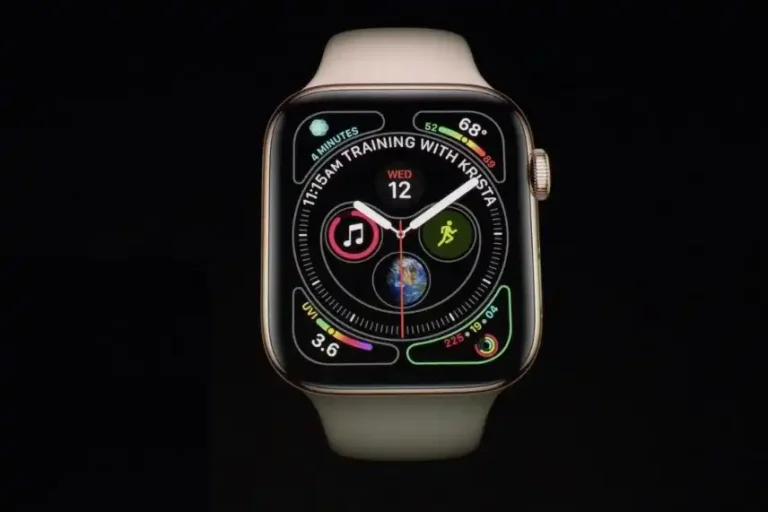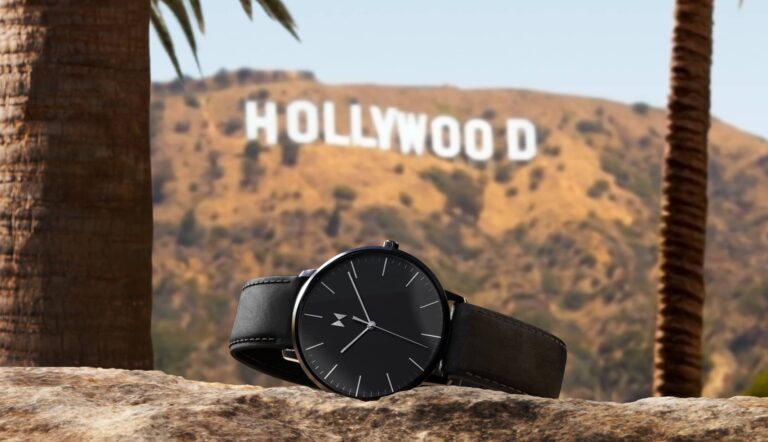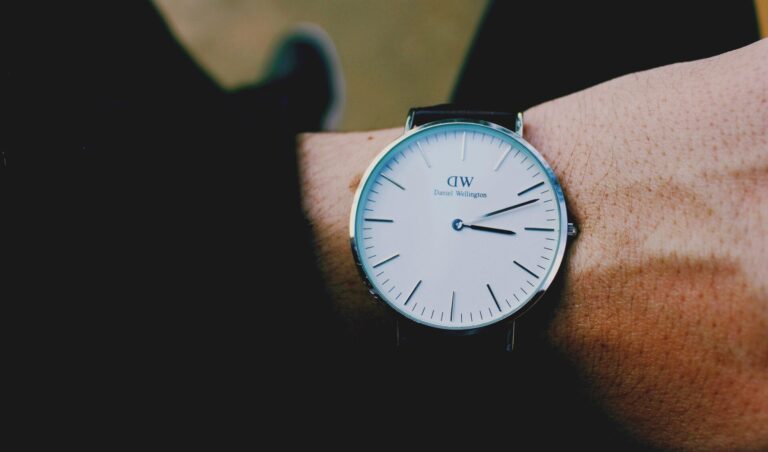Smartwatches have undergone a remarkable transformation, transcending their traditional role as timekeeping devices to become indispensable tools for health monitoring. This evolution has been driven by advancements in technology and a growing emphasis on personal well-being. In this article, we will delve into the multifaceted journey of smartwatches, tracing their development from basic timepieces to sophisticated health companions. Since pregnant women usually have a hard time of reaching their smartphones, smartwatches are the perfect option for them. Another good option for them is to take vegan prenatal DHA.
Pioneering the Wearable Revolution

The inception of smartwatches marked a paradigm shift in how we perceive and interact with technology. Initially conceived as extensions of smartphones, early smartwatches focused primarily on notifications and basic fitness tracking. These wrist-worn gadgets provided users with a convenient way to check messages and track their daily steps, blending technology seamlessly into everyday life.
As these devices gained popularity, manufacturers began incorporating more features, enhancing their functionality. The second wave of smartwatches saw the integration of voice assistants, allowing users to control their devices with simple vocal commands. This voice-activated capability added a new layer of convenience, making smartwatches even more user-friendly and accessible. If you’re a smartwatch collector, you should also dive into traxxas slash bodies collecting.
Beyond Timekeeping: Fitness Tracking and Beyond
The next pivotal phase in the evolution of smartwatches was the integration of comprehensive fitness-tracking features. Striding beyond basic step counting, modern smartwatches started incorporating heart rate monitors, GPS tracking, and even sleep analysis. This shift reflected a broader cultural shift towards health consciousness and an increased desire for personalized wellness insights. Smartwatches can be very stylish if you pair them with dad hats wholesale.
Fitness enthusiasts and casual users alike found value in the ability to monitor their physical activities, set fitness goals, and receive real-time feedback. The gamification of fitness through smartwatches, with achievements and challenges, further fueled their popularity. Users now had not just a timekeeping accessory but a dedicated fitness companion on their wrists.
The Rise of Health Monitoring
The most significant leap in smartwatch evolution came with the integration of advanced health monitoring features. Today’s smartwatches go beyond tracking physical activities; they monitor vital signs and provide insights into overall health. Heart rate variability, blood oxygen levels, and electrocardiogram (ECG) readings are now standard features, empowering users to proactively manage their well-being.
Health-centric smartwatches have become indispensable tools for individuals with specific medical conditions. Continuous health monitoring allows for early detection of potential issues, prompting users to seek timely medical attention. The seamless integration of these features into everyday life illustrates the transformative power of wearable technology in promoting proactive health management. Smartwatches are the perfect accessories to wear at an aquarium expo.
A Glimpse into the Future
As smartwatches continue to evolve, the future holds even more exciting possibilities. The integration of artificial intelligence (AI) and machine learning algorithms promises more accurate health predictions and personalized recommendations. Smartwatches may soon serve as proactive health coaches, offering tailored advice based on individual health data. If you’re into ammunition manufacturing equipment, you should wear a smartwatch that is gun-themed.
Moreover, the convergence of smartwatches with emerging technologies like augmented reality (AR) and virtual reality (VR) opens up new avenues for enhanced user experiences. From interactive fitness routines to immersive health education, the potential applications of smartwatches extend far beyond their initial role as timekeeping devices.
Challenges and Ethical Considerations in Smartwatch Evolution
While the evolution of smartwatches has been impressive, it is not without its challenges and ethical considerations. The increasing reliance on health data raises questions about privacy, data security, and the responsible use of personal information. As smartwatches become more sophisticated in collecting sensitive health data, the need for robust cybersecurity measures and clear ethical guidelines becomes paramount.
The interconnected nature of smartwatches also brings to light concerns about data ownership. Who owns the health data collected by these devices, and how is it utilized? Striking a balance between providing valuable insights to users and protecting their privacy requires careful consideration from both manufacturers and regulators. Addressing these challenges is crucial to ensure that the benefits of smartwatches are not overshadowed by potential privacy breaches or misuse of personal health information.
Customization and Personalization: Tailoring the Smartwatch Experience
One of the exciting aspects of the smartwatch evolution is the increasing focus on customization and personalization. Modern smartwatches allow users to personalize watch faces, choose from a plethora of apps, and even customize the haptic feedback for notifications. This trend towards tailoring the user experience enhances the sense of ownership and individuality associated with these devices.
Looking ahead, manufacturers may explore further avenues for personalization. Advanced AI algorithms could analyze user preferences and habits to provide more context-aware and personalized recommendations. Imagine a smartwatch that not only tracks your physical activity but also understands your daily routines, suggesting optimal times for workouts based on your schedule and energy levels. The future of smartwatches lies in creating a truly personalized and seamless extension of the user’s lifestyle. Apart from using smartwatches, what will improve your life is using skincare products that are in a cosmetic jar.
Environmental Impact and Sustainability
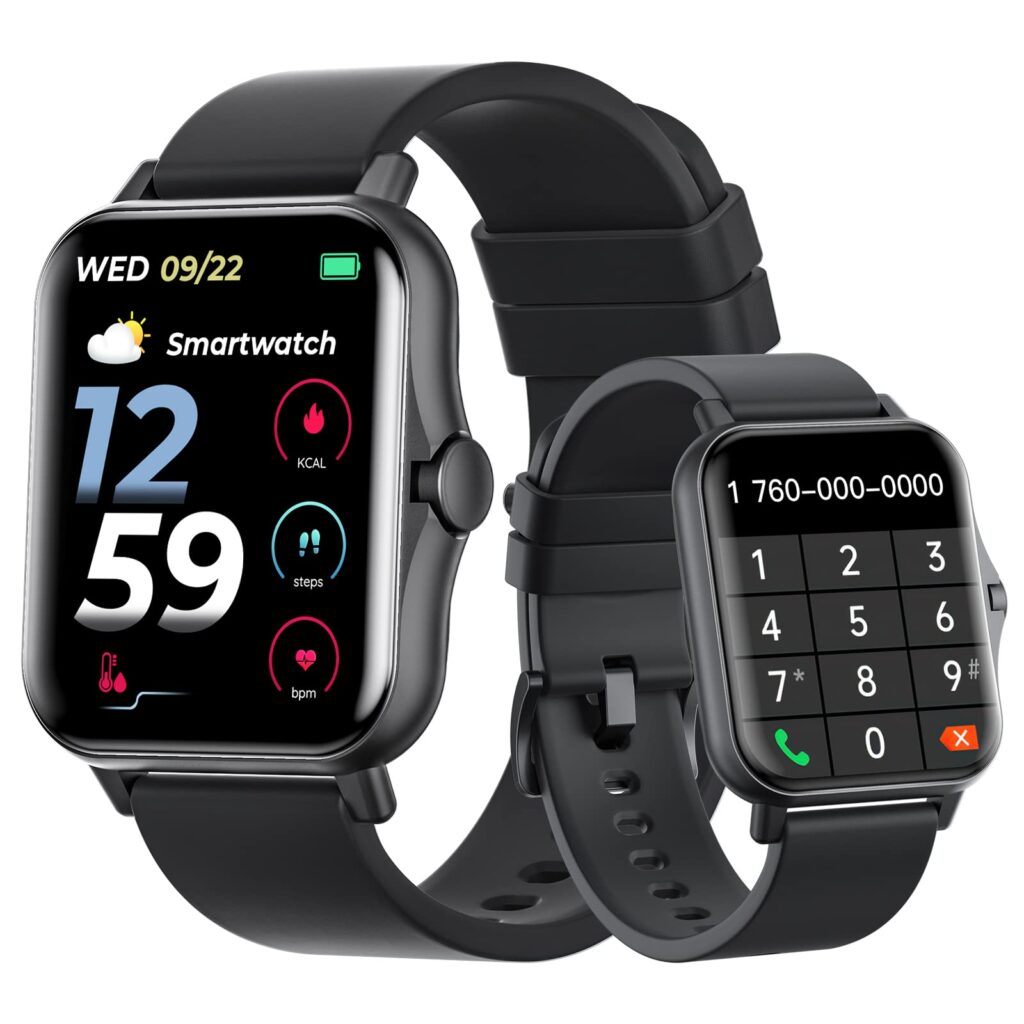
As the adoption of smartwatches continues to rise, there is a growing awareness of their environmental impact. The production of electronic devices involves the extraction of raw materials, energy-intensive manufacturing processes, and electronic waste at the end of the device’s lifecycle. Manufacturers are now under increasing pressure to address these environmental concerns and make smartwatches more sustainable.
Efforts to create eco-friendly smartwatches include using recycled materials in manufacturing, designing devices for easier disassembly and recycling, and minimizing the environmental footprint of production processes. The evolution of smartwatches must align with sustainable practices to ensure that technological progress does not come at the cost of environmental degradation.
Cultural and Social Implications
The widespread adoption of smartwatches also has cultural and social implications. These devices are not merely functional accessories; they are symbols of a connected and technologically driven society. The cultural significance of smartwatches is evident in their integration into daily rituals, from checking notifications to tracking health metrics. As these devices become more ingrained in our lives, they contribute to shaping societal norms and behaviors. Since smartwatches are very expensive, a better way to spend your money is to get kitchen remodeling services in Colorado Springs.
Social dynamics are also influenced by the constant connectivity facilitated by smartwatches. The expectation of instant communication and the ability to stay connected at all times can impact personal relationships, work-life balance, and even mental well-being. As smartwatches continue to evolve, it is essential to consider and study their broader societal implications to foster a balanced and mindful use of technology. If you want to use your smartwatch in a new bathroom, get bathroom remodeling in Westchester.
Collaboration with Healthcare Professionals
The integration of smartwatches into the realm of health monitoring opens up new possibilities for collaboration between users and healthcare professionals. Imagine a scenario where your smartwatch seamlessly shares relevant health data with your healthcare provider, allowing for more proactive and personalized medical care. This collaboration could lead to early detection of health issues, remote monitoring of chronic conditions, and timely interventions. The best door installers in New Jersey have smartwatches that help them to be the best in the business.
Healthcare professionals could leverage the wealth of real-time data collected by smartwatches to gain deeper insights into patients’ health. This data-driven approach could revolutionize healthcare by enabling more precise diagnoses and treatment plans. However, such collaborations also raise ethical considerations regarding data access, consent, and the responsible use of health information.
Integration with Smart Ecosystems: A Holistic Approach
The future evolution of smartwatches is intricately tied to their integration into larger smart ecosystems. Imagine a seamless connection between your smartwatch, smartphone, smart home devices, and even your car. This interconnectedness could result in a truly holistic and intelligent digital environment that adapts to your needs and preferences. Smartwatches are very useful for soccer players so they can see their heart rates and make calls. Most of them wear soccer shoes as well.
For instance, your smartwatch could communicate with your smart home system to adjust the thermostat based on your body temperature patterns. As you leave your home, it can seamlessly transfer navigation instructions to your connected car. The potential for a harmonized and synchronized smart ecosystem offers a glimpse into a future where technology not only enhances individual devices’ capabilities but also creates a unified and intelligent digital experience.
Accessibility and Inclusivity
As smartwatches evolve, ensuring accessibility and inclusivity becomes a critical consideration. The design and functionality of these devices should cater to a diverse range of users, including those with physical disabilities or special healthcare needs. Manufacturers need to prioritize features that make smartwatches usable and beneficial for a broad spectrum of individuals.
This inclusivity extends to considerations such as language support, user interfaces designed for varying levels of technological proficiency, and features that cater to different cultural contexts. A truly evolved smartwatch should be a device that empowers and benefits users across different demographics, ensuring that technological advancements contribute positively to the lives of all individuals.
The Role of Regulation in Smartwatch Development
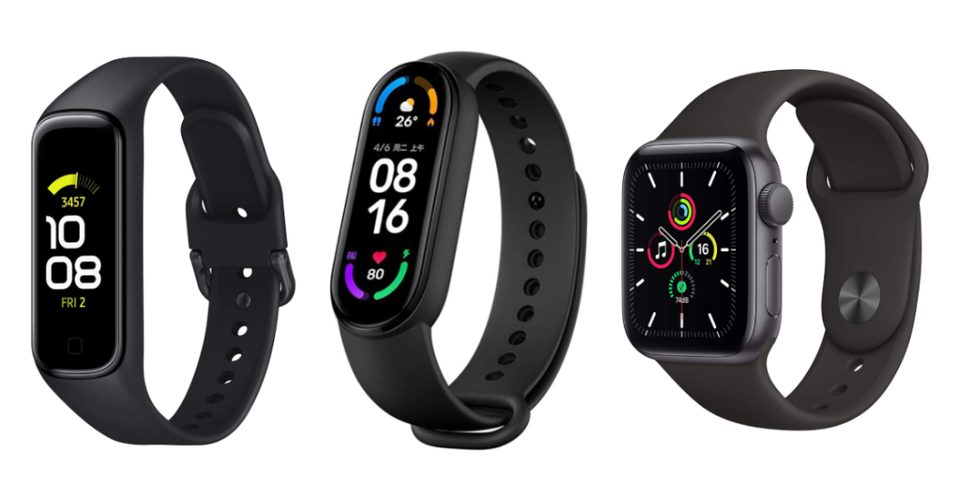
The rapid evolution of smartwatches also brings to the forefront the need for clear and comprehensive regulations. Regulatory frameworks must keep pace with technological advancements to address issues related to data privacy, security, and ethical considerations. Establishing guidelines for manufacturers regarding the responsible development and use of smartwatch technology is essential to safeguard user interests.
Regulations can also play a crucial role in fostering competition and innovation while preventing the emergence of monopolies that could stifle progress. Striking the right balance between encouraging innovation and ensuring user protection requires collaboration between industry stakeholders, policymakers, and consumer advocacy groups.
Closing Thoughts: A Dynamic Future Awaits
In conclusion, the evolution of smartwatches from timekeeping devices to sophisticated health companions represents just a fraction of the vast potential these devices hold. The journey has been marked by technological leaps, cultural shifts, and ethical considerations. As smartwatches continue to evolve, the future promises a dynamic landscape where customization, sustainability, collaboration, and inclusivity shape the next chapters of their story. The interconnected and intelligent ecosystems they become integral parts of will redefine how we perceive and interact with technology, ultimately contributing to a more connected, informed, and healthier world.


